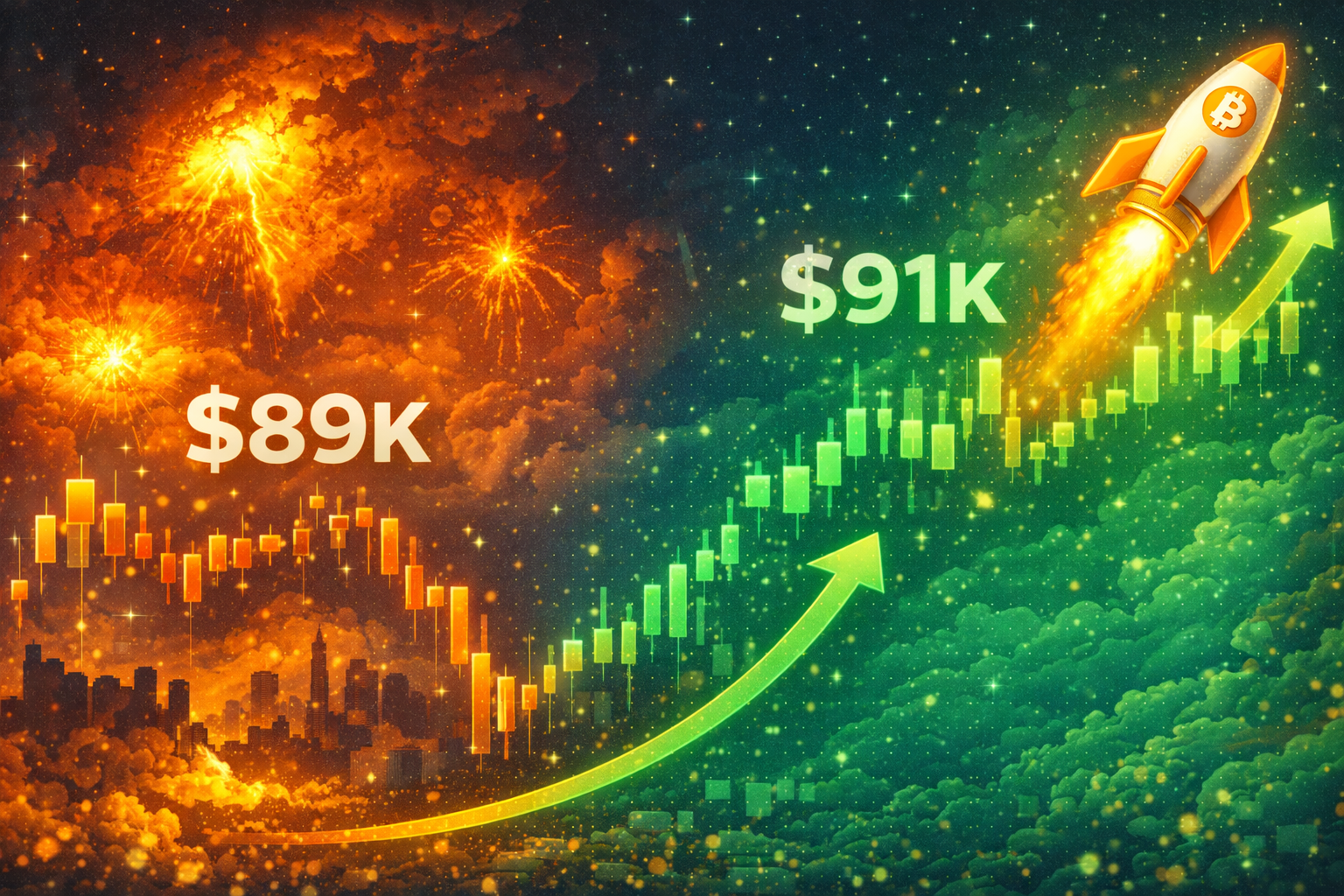1. Introduction: Why Launch Your Own Cryptocurrency?
In the rapidly evolving world of digital finance, launching your own cryptocurrency has become a viable and exciting opportunity for businesses, entrepreneurs, and developers. Cryptocurrencies like Bitcoin and Ethereum have demonstrated the potential of decentralized digital currencies, leading to a surge in interest from those looking to create their own. Whether you aim to disrupt an industry, create a new form of digital money, or simply explore the world of blockchain technology, launching your own cryptocurrency can offer significant rewards. However, it’s a complex process that requires careful planning, technical expertise, and a clear understanding of the market. This guide will walk you through the essential steps to successfully launch your own cryptocurrency.
Why Consider Launching a Cryptocurrency:
Launching a cryptocurrency allows you to create a digital currency that can serve various purposes, from facilitating transactions to powering decentralized applications. It also provides an opportunity to innovate and contribute to the growing blockchain ecosystem.
2. Step 1: Define Your Purpose and Goals
Before diving into the technical aspects of cryptocurrency creation, it’s crucial to clearly define your purpose and goals. Ask yourself why you want to create a cryptocurrency and what problem it will solve. Your cryptocurrency could serve various purposes, such as enabling secure transactions, representing assets, or powering decentralized applications (dApps). Defining a clear purpose will guide the development process and help you create a unique value proposition.
- Key Questions to Consider:
- What Problem Are You Solving? Identify the problem your cryptocurrency aims to address.
- Target Audience: Determine who will use your cryptocurrency and why they would prefer it over others.
- Use Cases: Consider the potential use cases for your cryptocurrency, such as payments, tokenization, or governance.
3. Step 2: Choose a Consensus Mechanism
The consensus mechanism is the protocol that determines how transactions are validated and added to the blockchain. Choosing the right consensus mechanism is critical to the security, scalability, and energy efficiency of your cryptocurrency. The most common consensus mechanisms are Proof of Work (PoW) and Proof of Stake (PoS), each with its own advantages and trade-offs.
- Consensus Mechanism Options:
- Proof of Work (PoW): PoW requires miners to solve complex mathematical puzzles to validate transactions and secure the network. It is highly secure but energy-intensive.
- Proof of Stake (PoS): PoS relies on validators who stake their tokens to validate transactions. It is more energy-efficient than PoW but may have centralization risks.
- Other Mechanisms: Explore alternatives like Delegated Proof of Stake (DPoS), Proof of Authority (PoA), and Byzantine Fault Tolerance (BFT) depending on your project’s needs.
4. Step 3: Design the Blockchain Architecture
The next step is designing the architecture of your blockchain. You’ll need to decide whether to build your own blockchain from scratch, use an existing blockchain platform, or create a token on an established blockchain like Ethereum or Binance Smart Chain (BSC). Each option has its pros and cons.
- Blockchain Development Options:
- Building from Scratch: Offers complete control over the network but requires significant technical expertise and resources.
- Using an Existing Platform: Leveraging platforms like Ethereum or Binance Smart Chain can speed up development but may limit customization.
- Creating a Token: Developing a token on an existing blockchain is the fastest option and is ideal for projects that don’t need a standalone blockchain.
5. Step 4: Develop the Cryptocurrency

Once you’ve decided on the architecture, it’s time to start development. This involves writing the code for your cryptocurrency, setting up the blockchain, and creating the digital wallet that users will use to store and transact with your cryptocurrency. If you’re not a developer, consider hiring a blockchain development team to handle this technical work.
- Development Tasks:
- Coding the Blockchain: Write the code that will define the rules and functionalities of your blockchain.
- Setting Up Nodes: Establish the nodes that will maintain the blockchain network.
- Creating Wallets: Develop digital wallets that allow users to send, receive, and store your cryptocurrency.
- Smart Contracts (Optional): If your cryptocurrency will support smart contracts, develop and deploy them during this phase.
6. Step 5: Ensure Security and Compliance
Security is paramount in the cryptocurrency space, where breaches can lead to significant financial loss. Implement robust security measures to protect your blockchain from attacks, such as 51% attacks or hacking. Additionally, you must ensure that your cryptocurrency complies with relevant regulations, which vary depending on your jurisdiction.
- Security Measures:
- Smart Contract Audits: If your cryptocurrency involves smart contracts, have them audited by a third party to identify and fix vulnerabilities.
- Network Security: Implement measures like distributed denial-of-service (DDoS) protection and intrusion detection systems.
- Compliance Considerations: Research and comply with regulatory requirements, such as
7. Step 6: Plan Your Initial Coin Offering (ICO) or Token Sale
An Initial Coin Offering (ICO) or token sale is a common way to raise funds for your cryptocurrency project. This step involves marketing your cryptocurrency, creating a detailed whitepaper, and setting up a platform where investors can purchase your tokens. Be transparent about your project’s goals, the technology behind it, and how the raised funds will be used.
- ICO Planning Steps:
- Create a Whitepaper: Write a detailed whitepaper that explains your project, its goals, the technology, and the team behind it.
- Set Up a Token Sale Platform: Develop a secure platform where investors can buy your cryptocurrency tokens.
- Marketing Strategy: Implement a marketing strategy to promote your ICO, including social media campaigns, partnerships, and community engagement.
8. Step 7: Launch and Promote Your Cryptocurrency
With the development complete and the ICO planned, you’re ready to launch your cryptocurrency. Launching involves making your cryptocurrency available on exchanges, promoting it to potential users, and continuously engaging with your community. The success of your launch will depend on effective marketing, community support, and ongoing development.
- Launch Checklist:
- : List your cryptocurrency on popular exchanges to make it accessible to a broader audience.
- Community Engagement: Build and maintain an active community on platforms like Telegram, Discord, and Twitter.
- Marketing Campaigns: Run targeted marketing campaigns to increase visibility and attract users and investors.
- Continuous Development: Keep improving your cryptocurrency by implementing new features, updates, and security enhancements.
9. Post-Launch Considerations: Ongoing Development and Governance
Launching your cryptocurrency is just the beginning. To ensure long-term success, you must focus on continuous development, governance, and scalability. Establish a governance model that allows your community to participate in decision-making processes, such as protocol upgrades or fund allocation. Additionally, consider how you’ll handle future challenges like scalability, regulatory changes, and competition.
- Key Post-Launch Actions:
- Governance Model: Implement a governance model that allows stakeholders to participate in the decision-making process.
- Scalability Solutions: Plan for the future by exploring scalability solutions, such as sharding or layer-2 protocols.
- Regulatory Compliance: Stay informed about regulatory changes and ensure your cryptocurrency remains compliant.
- User Support: Provide ongoing support to your users, including customer service, technical assistance, and community engagement.
Conclusion: Navigating the Cryptocurrency Creation Journey
Launching your own cryptocurrency is a complex but rewarding journey. By following this guide, you can navigate the process with confidence, from defining your goals and choosing a consensus mechanism to ensuring security and promoting your new digital currency. Remember, success in the cryptocurrency space requires careful planning, continuous development, and active community engagement. With the right approach, your cryptocurrency can thrive in the ever-evolving digital economy.
For more insights and detailed guides on cryptocurrency creation and blockchain technology, visit our Cryptocurrency Creation Guides section.
Stay Updated
For the latest updates on cryptocurrency creation and blockchain technology, follow us on:
Stay informed with the latest strategies and insights in the world of cryptocurrency at FreeCoins24.io.
Special Offer
Ready to launch your cryptocurrency? Sign up on Bybit today and access up to $30,000 in deposit bonuses. Start your journey with a trusted platform in the crypto space.

















